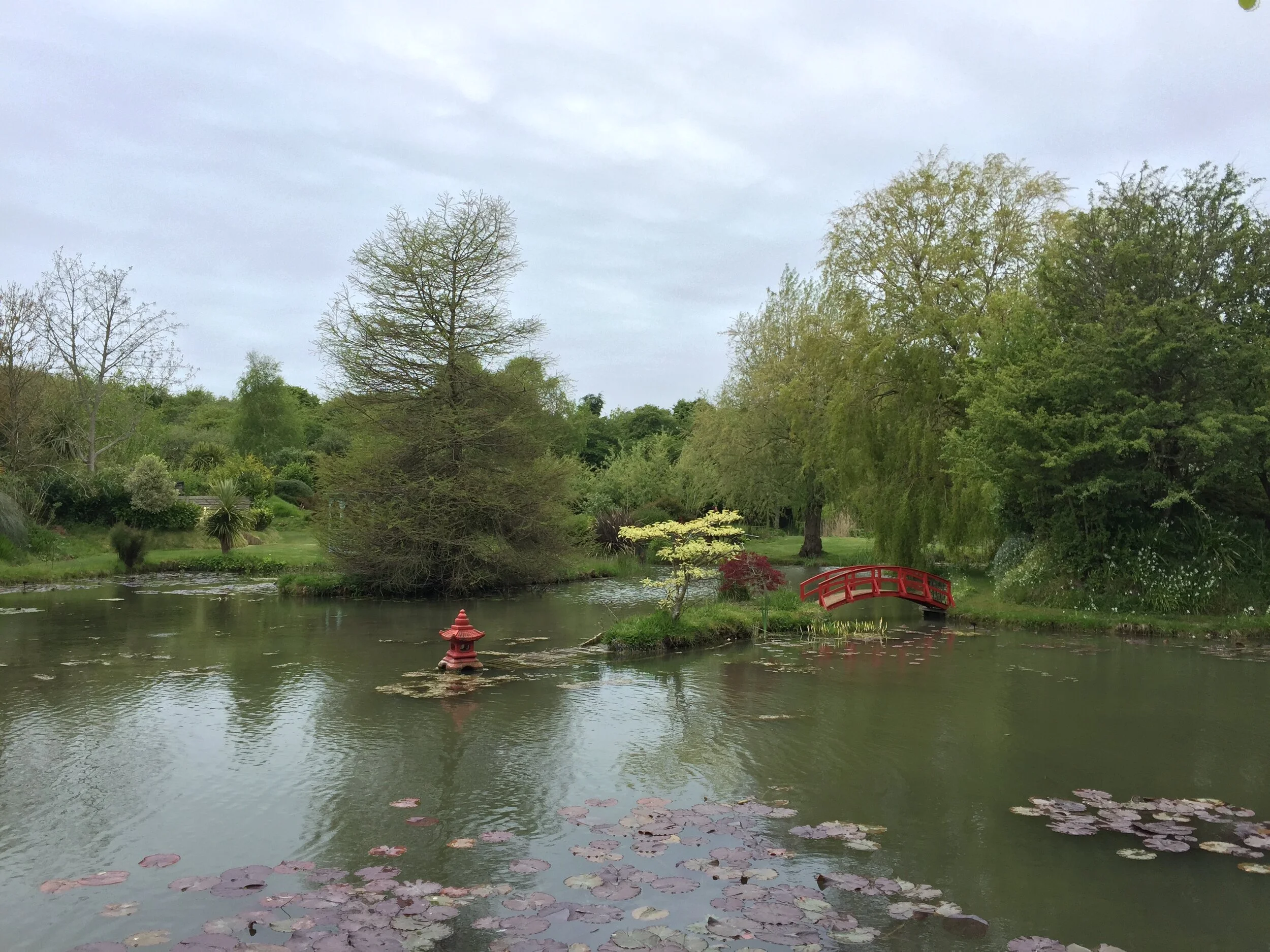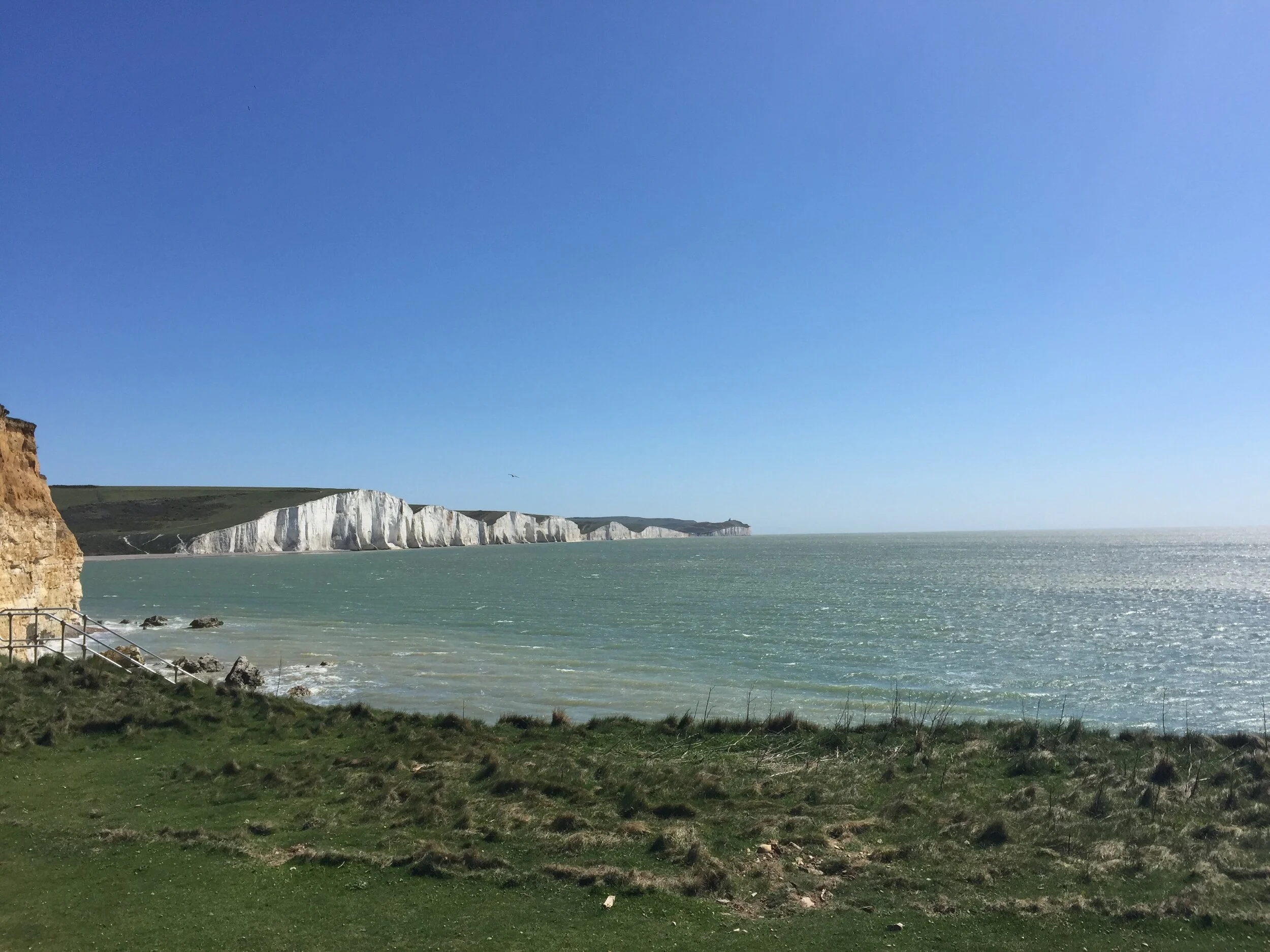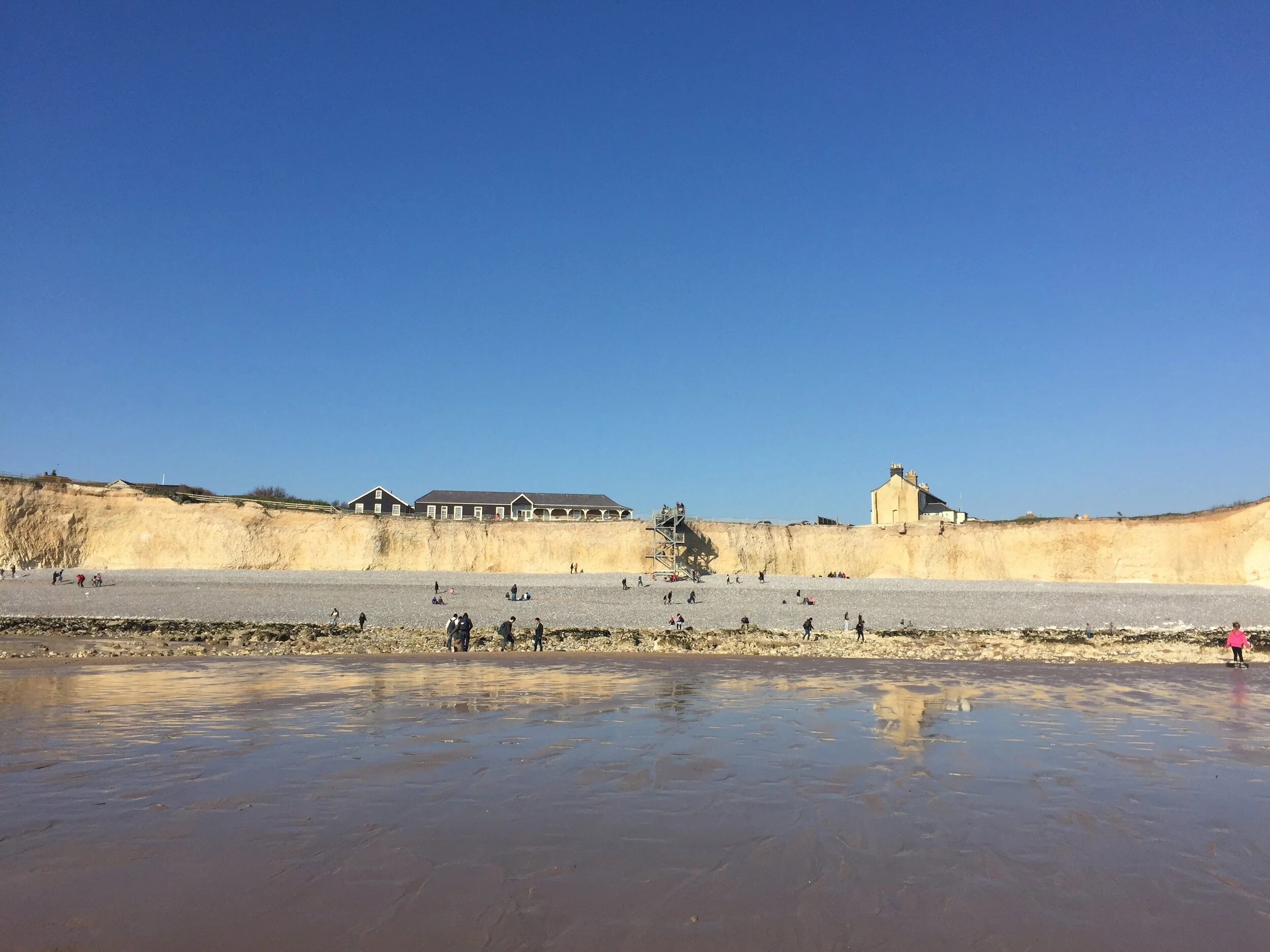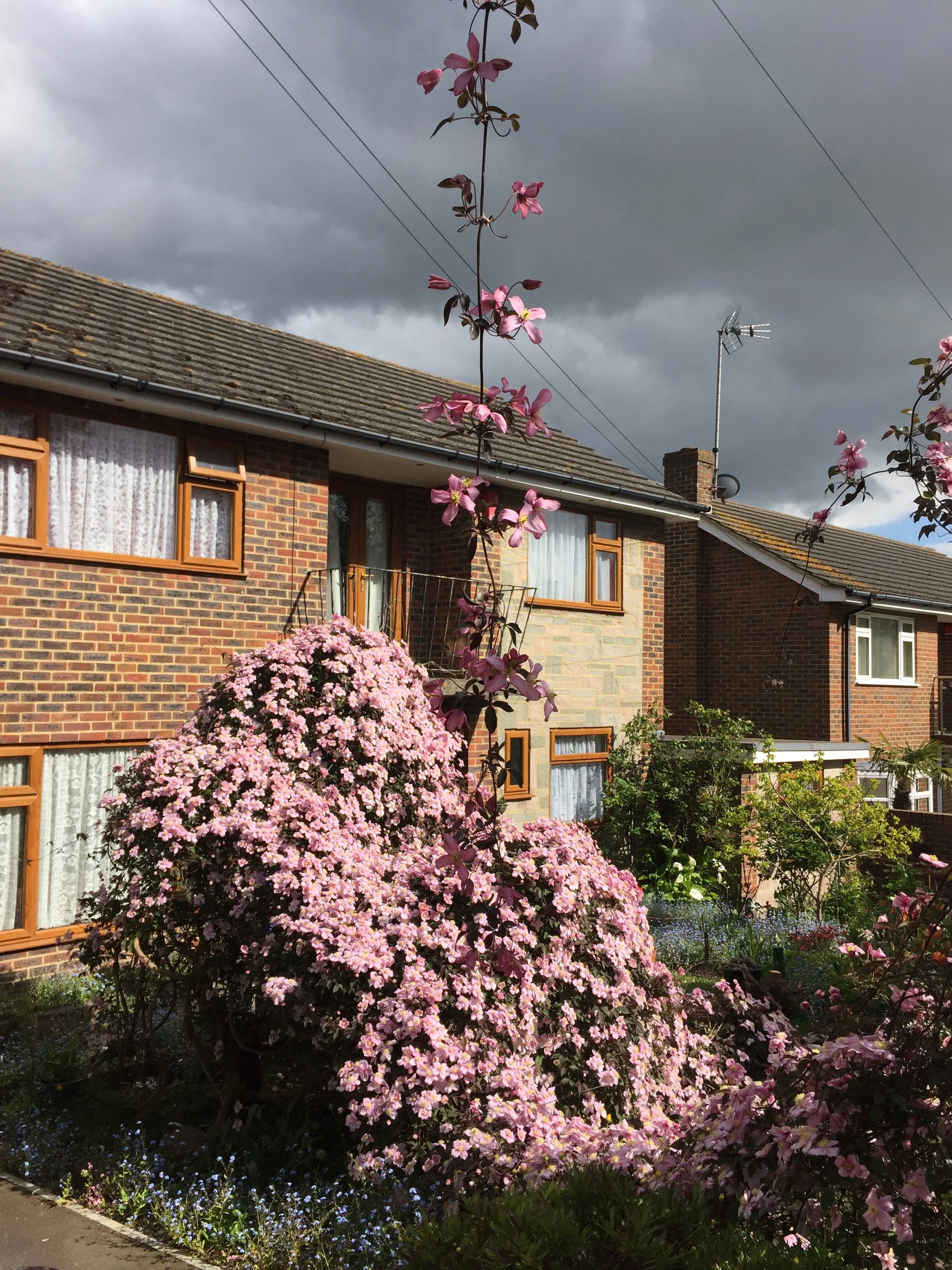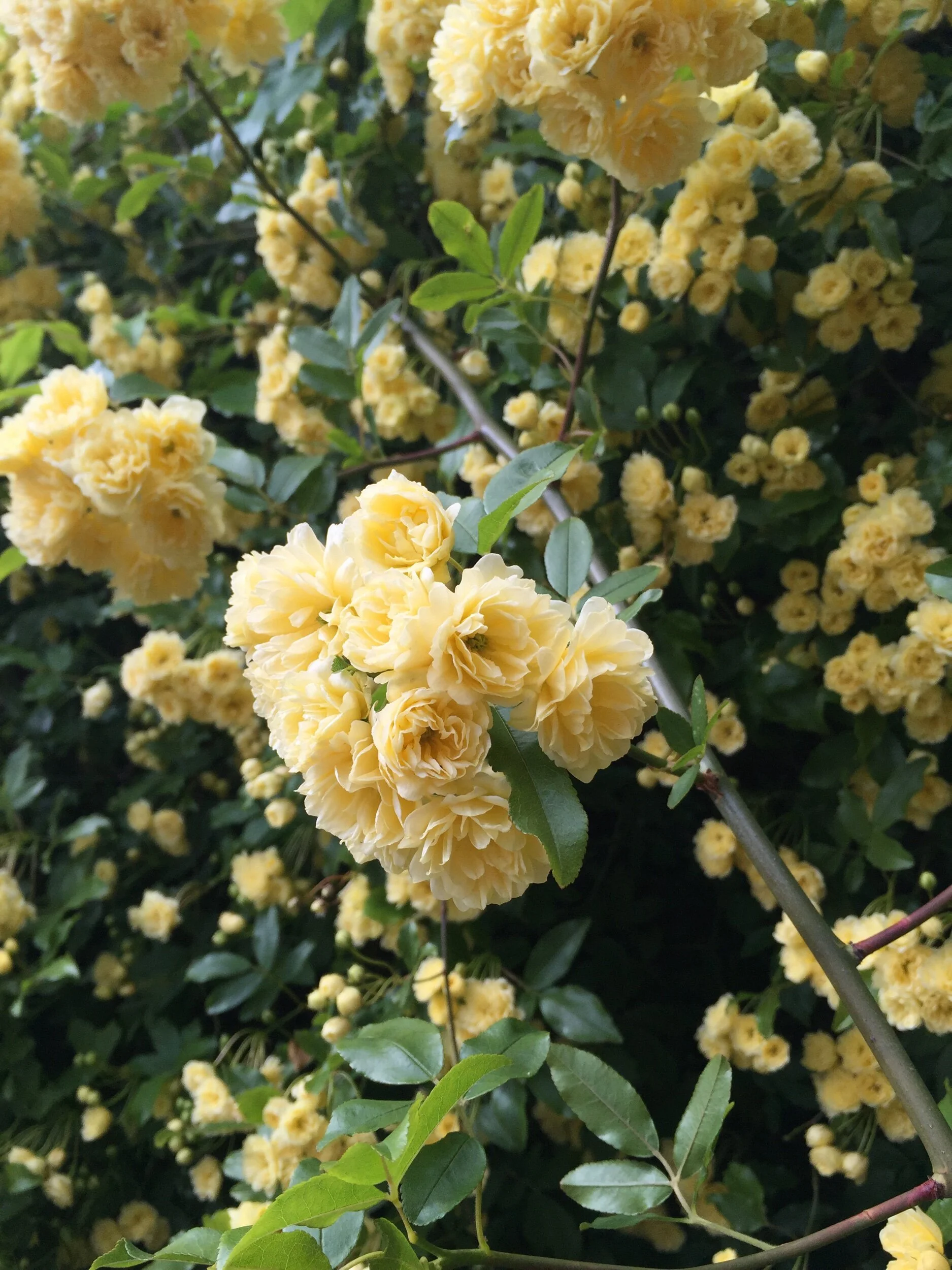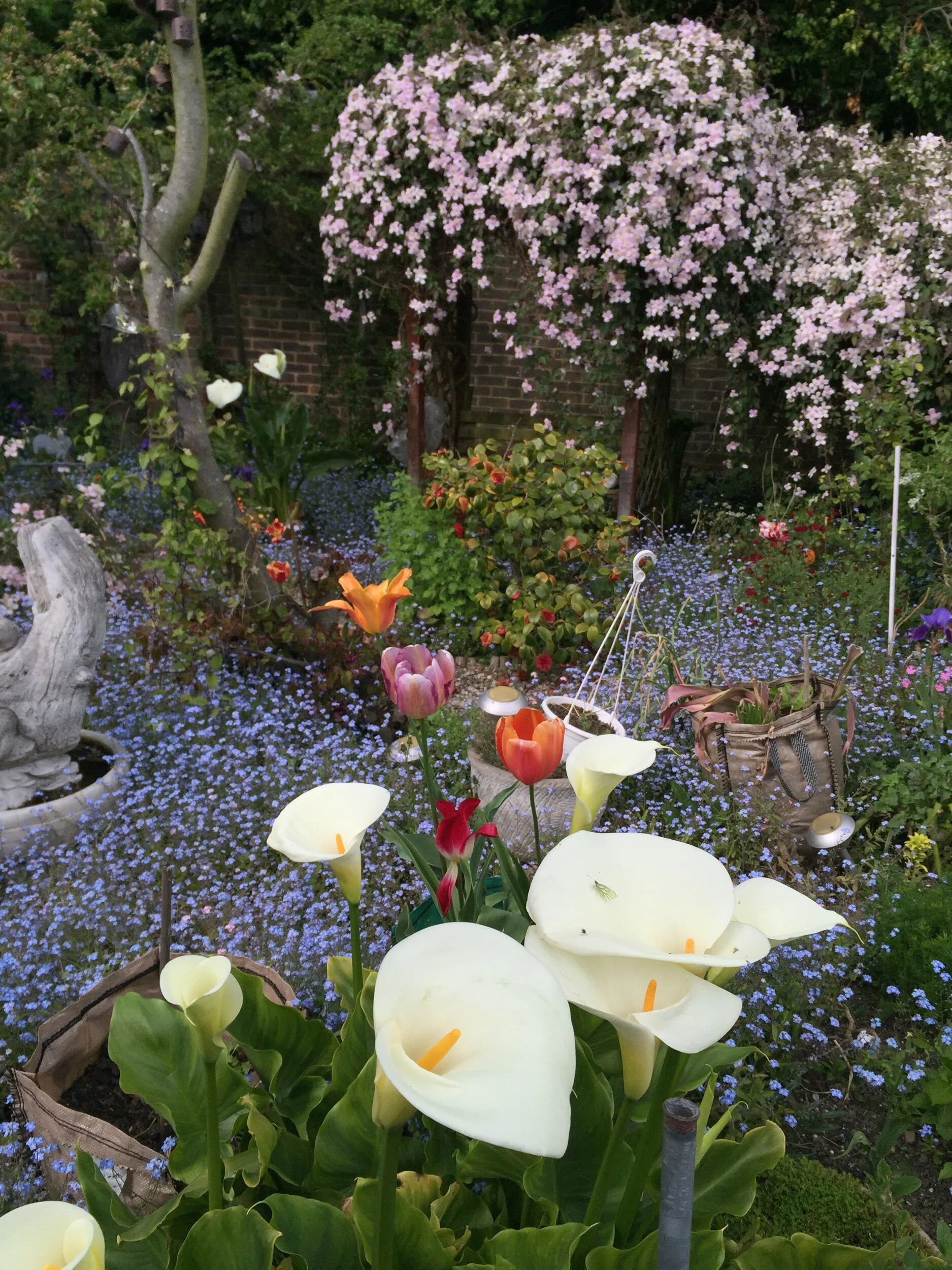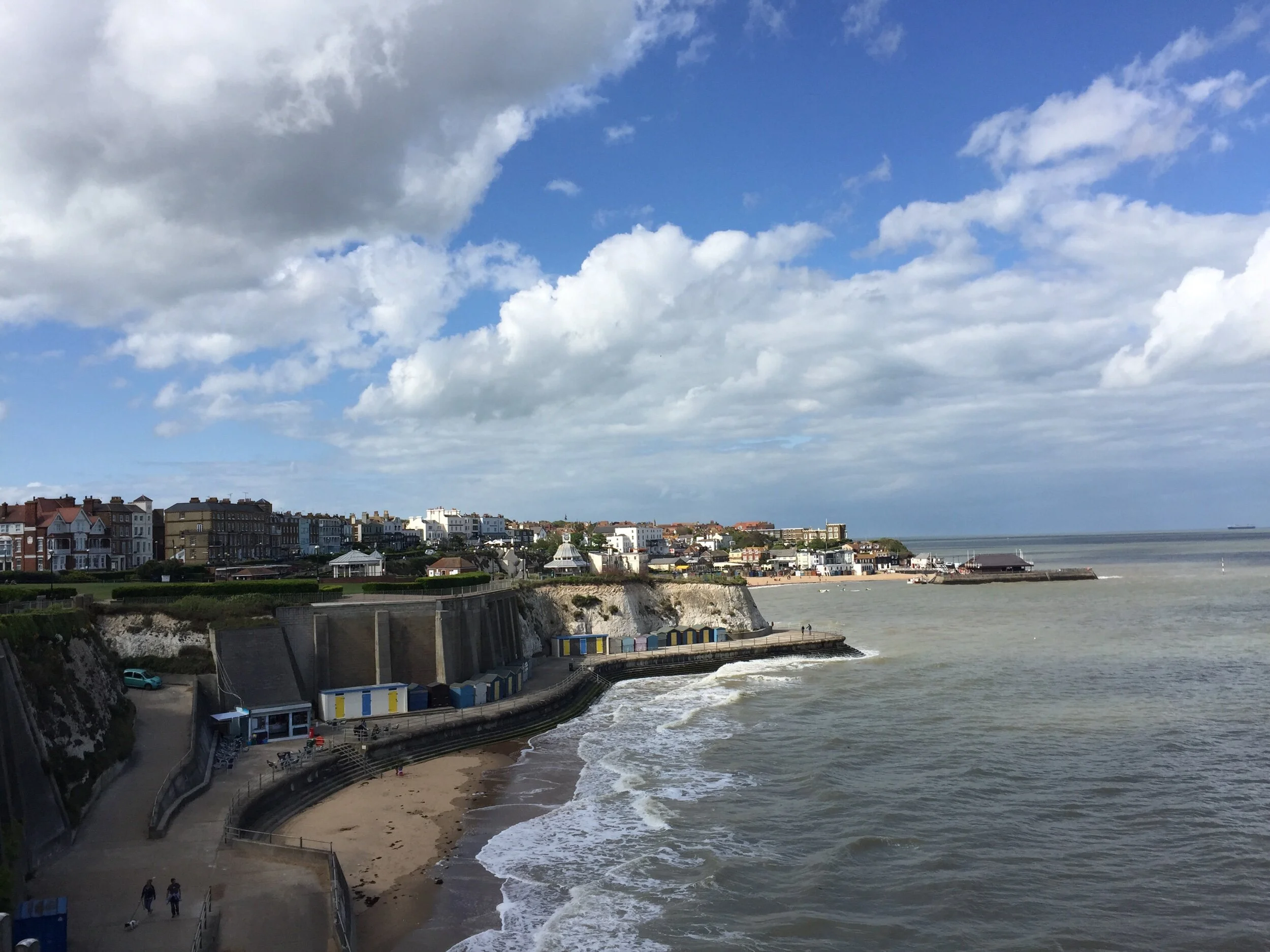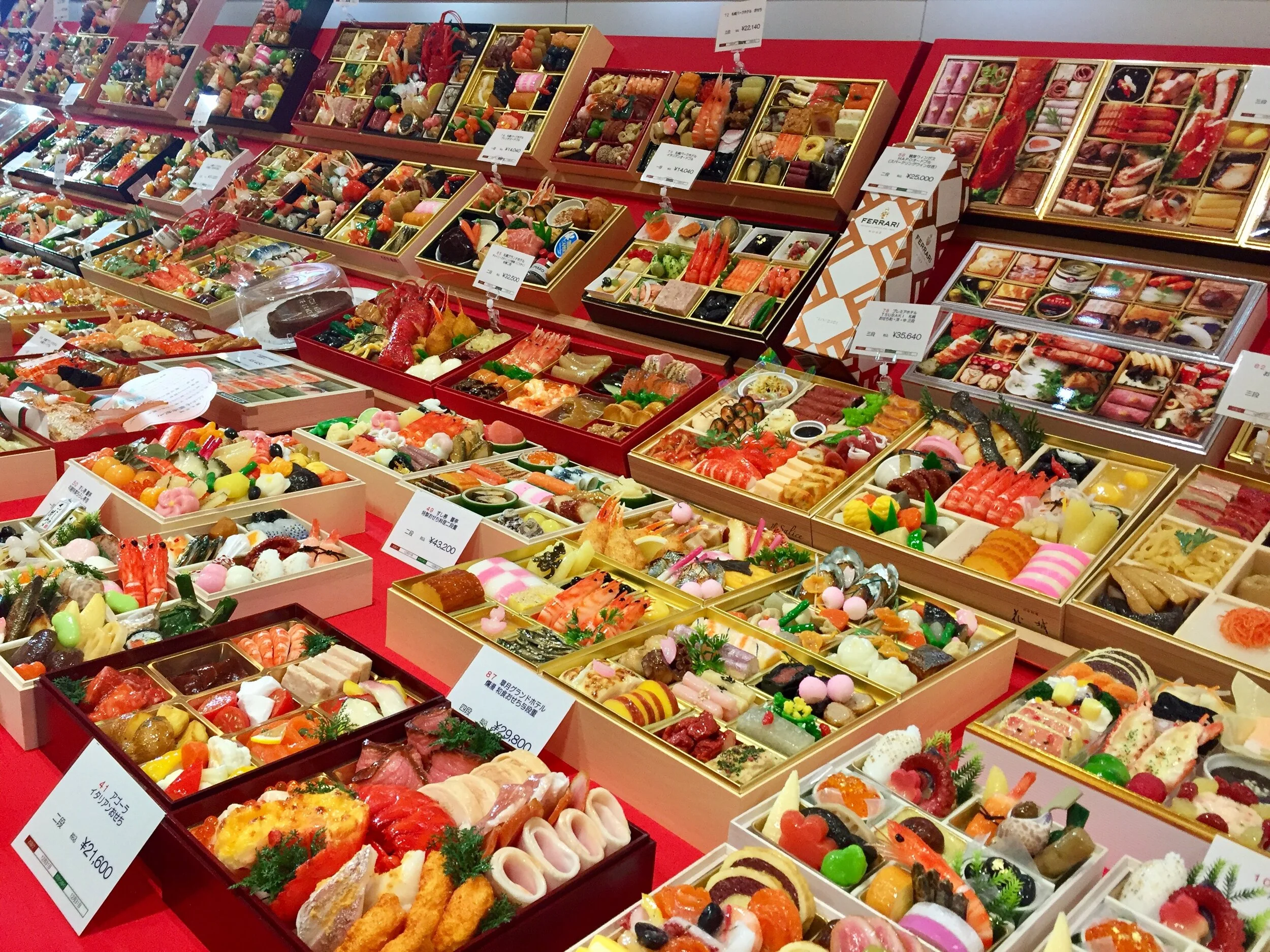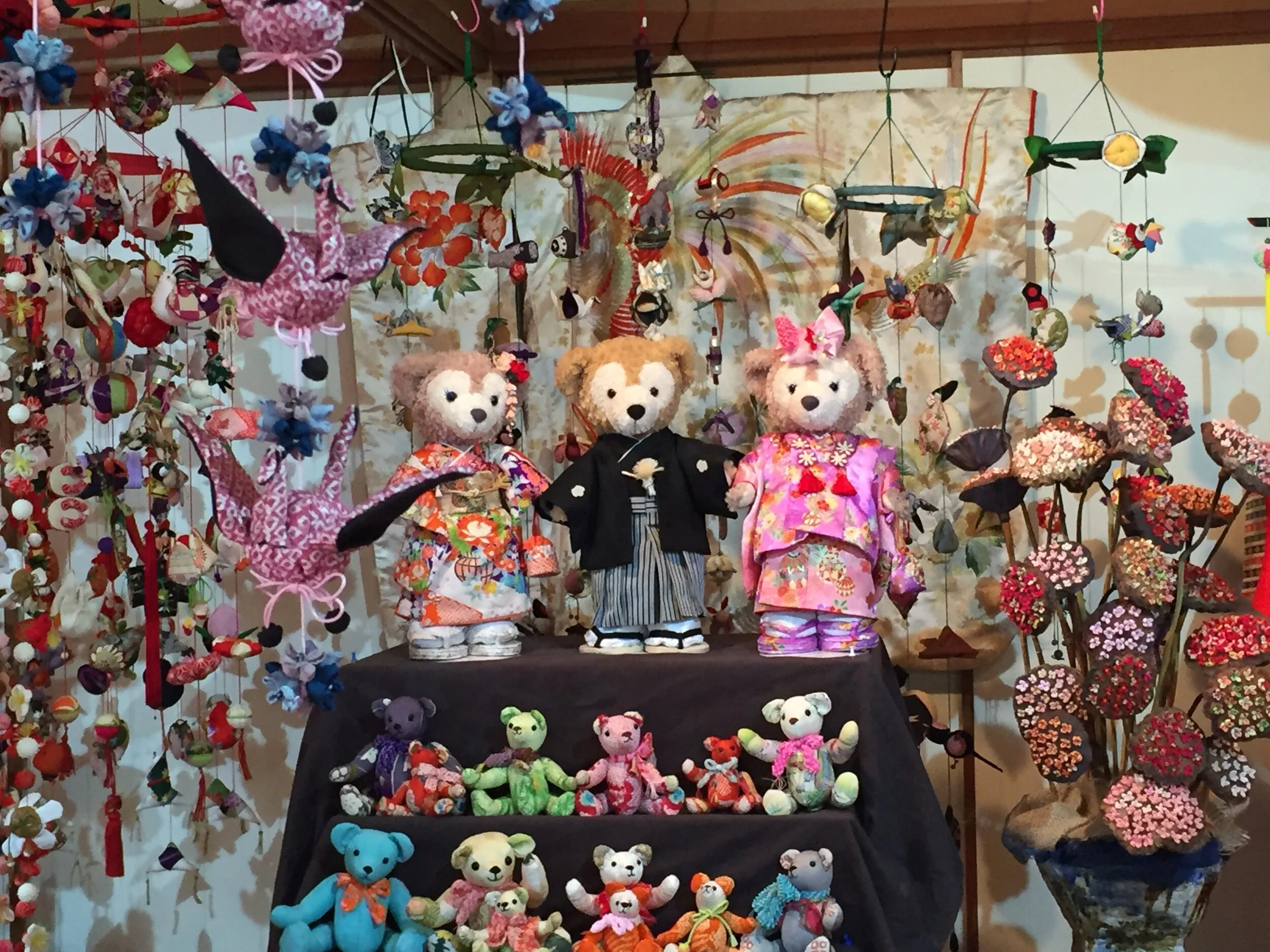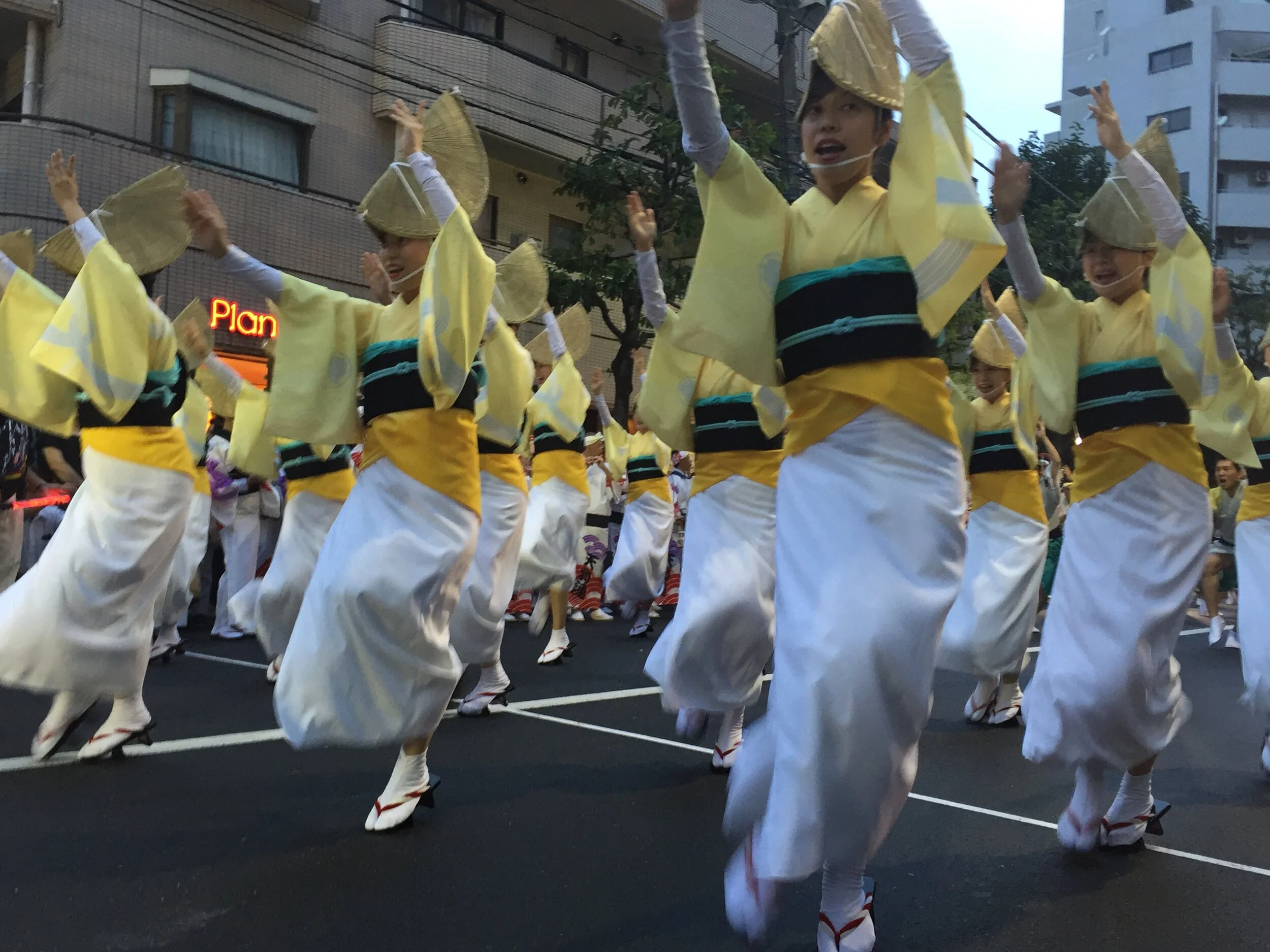This blog idea has been sitting in my draft box for a while. Today I found out that England is finishing up the Longest Coastal Path in the world next year, so I have decided to wrap up the post. I really hope that it will be safe to travel anywhere by the time the path is finished! I can’t wait to do some hiking along the coastal paths. I also hope there will be expanded luggage transfer services :)
This post is a collection of a few coastal paths that I enjoyed back in 2015. I really enjoyed these paths, not too intense compared to hiking in hills.
1 - South West Coast Path: Charmouth-Puncknowle-Abbotsbury-Weymouth
I did this hiking trip solo and without planning, only wanted to escape from the city and indulge in the nature. I thought it was just straight roads along the seashore, until I got lost walking among farms on my first day. I stumbled upon a cafe that had wifi and also a pamphlet for trails and bus routes that covered the South West Coast Path, life saver! I discovered the Abbotsbury Swannery and Bennetts Water Gardens along the way, both spots were memorable surprises during this unplanned trips.
The South West Coast Path website has very useful information so plan ahead!
2 - Viking Coastal Trail: Ramsgate-Broadstairs-Margate
Ramsgate, Broadstairs, and Margate are seaside towns along the Viking Coastal Path. All three towns are easily accessible from London by train. Walking from Ramsgate - Margate makes a great day trip.
More information on Viking Coastal Trail.
3 - Seven Sisters Cliffs Walk: Seaford-Eastbourne
This is an easy 22km walk with a view of the famous chalk cliffs. You can arrive at the Seaford station and then depart from Eastbourne station, which is convenient for people who don’t have a car. Walking on the greens on top of the chalk cliffs feels like it is a scarf dancing in the wind.
England is full of natural wonders. Besides the coastal paths, Cotswolds and Lake District are great options for biking and hiking. I really wish the world is back to normal soon so we can continue to explore the nature!





